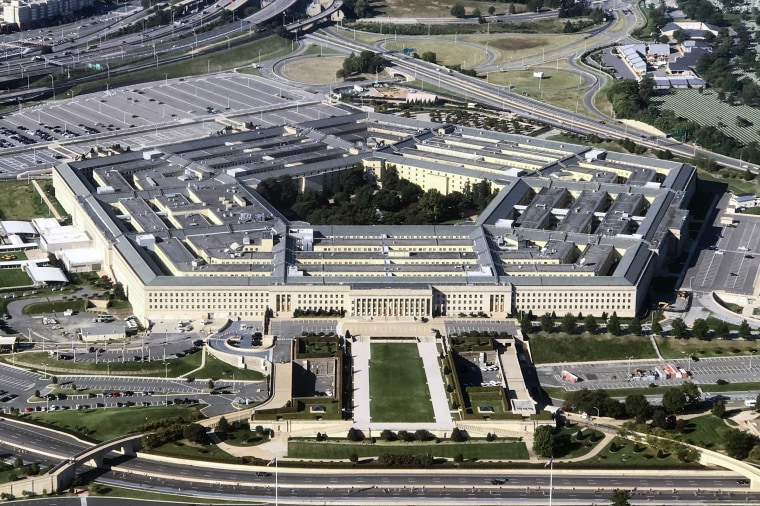On Monday, a fake image purporting to show an explosion near the Pentagon spread so quickly and so widely that it appeared to cause a temporary dip in the stock market. The ease with which the picture caused public panic underscores how social media, and especially Twitter in its current form, is primed to create chaos by bombarding users with convincing disinformation. The hoax is also a reminder that the public must become more discerning and better at vetting sources to maintain its grip on reality.
According to NBC News, the fake image, which was possibly AI-generated, showed plumes of smoke near a building complex “with only a passing resemblance to the Pentagon.” It’s unclear who exactly was behind the image, but it appeared to originate with a Twitter account that posts conspiracy theories. Subsequently, the image, along with text claiming that it depicted an explosion near the Pentagon, was picked up by dozens of Twitter accounts with large number of followers and verified blue check badges. Most notably, a verified account called “Bloomberg Feed” tweeted it out, which many users likely believed represented the widely respected Bloomberg News service.
Nothing of enormous consequence happened after this specific incident, but the way it unfolded provides a small glimpse of how bad things could get.
Personally, I saw a few influential journalists quote the image and asking about the incident, likely giving it credibility even as those journalists weren’t sure of its accuracy. Thanks to changes made by Twitter CEO Elon Musk, a blue check badge no longer authenticates the user’s identity, making it easier to dupe large numbers of people with the trappings of legitimacy left over from the old verification system. The hoax was spreading so quickly that the Department of Defense’s Pentagon Force Protection Agency and the Arlington County Fire Department released a joint statement saying, “There is NO explosion or incident taking place at or near the Pentagon reservation, and there is no immediate danger or hazards to the public.” Even some investors seemed spooked. As NBC News notes, the S&P 500 briefly “dropped sharply in the minutes after the image was amplified by well-followed accounts.”
Nothing of enormous consequence happened after this specific incident, but the way it unfolded provides a small glimpse of how bad things could get.
Musk’s decision to discard the old verification system has empowered and emboldened disinformation agents. Yes, Musk’s changes have been in the news, but it’s highly likely some users are not aware what exactly the badges signify anymore, especially when an account has a large following. Moreover, due to the way Musk has arbitrarily decided to leave blue check marks with some accounts, some major legitimate news sources still have the old blue check and some have a different yellow check. And if one wants to try to fact-check something, Twitter’s search function offers no filters that allow one to home in on trusted news sources. In other words, it’s really, really hard for a normal person to know what to trust in what has been the English-speaking world’s premier platform for breaking news.
This is not just a matter of a small swath of the less media-savvy public being fooled; journalists and apparently investors are tripping up. It’s not unreasonable to assume that more sophisticated disinformation could dupe political leaders and cause geopolitical crises, particularly as AI-generated imagery makes hoaxes look more authentic and produces them rapidly at low cost.
The threat of disinformation applies to other social media platforms as well. Facebook and Instagram have changed their verification systems, too, and it’s unclear if the nascent alternatives to Twitter will come up with a sustainable solution to the verification problem if any of them become as influential as Twitter was at its peak. But in the meantime, it's imperative for cultural norms regarding sharing information to change. People must become far more vigilant and proactive in practicing information hygiene: vetting and checking news sources; distinguishing between social media posts and news articles; and declining to share unreliable information, at least without acknowledging it as possibly false. At a time when information manipulation is becoming a key sphere for political brawling, media literacy is an essential component of being a responsible citizen.

